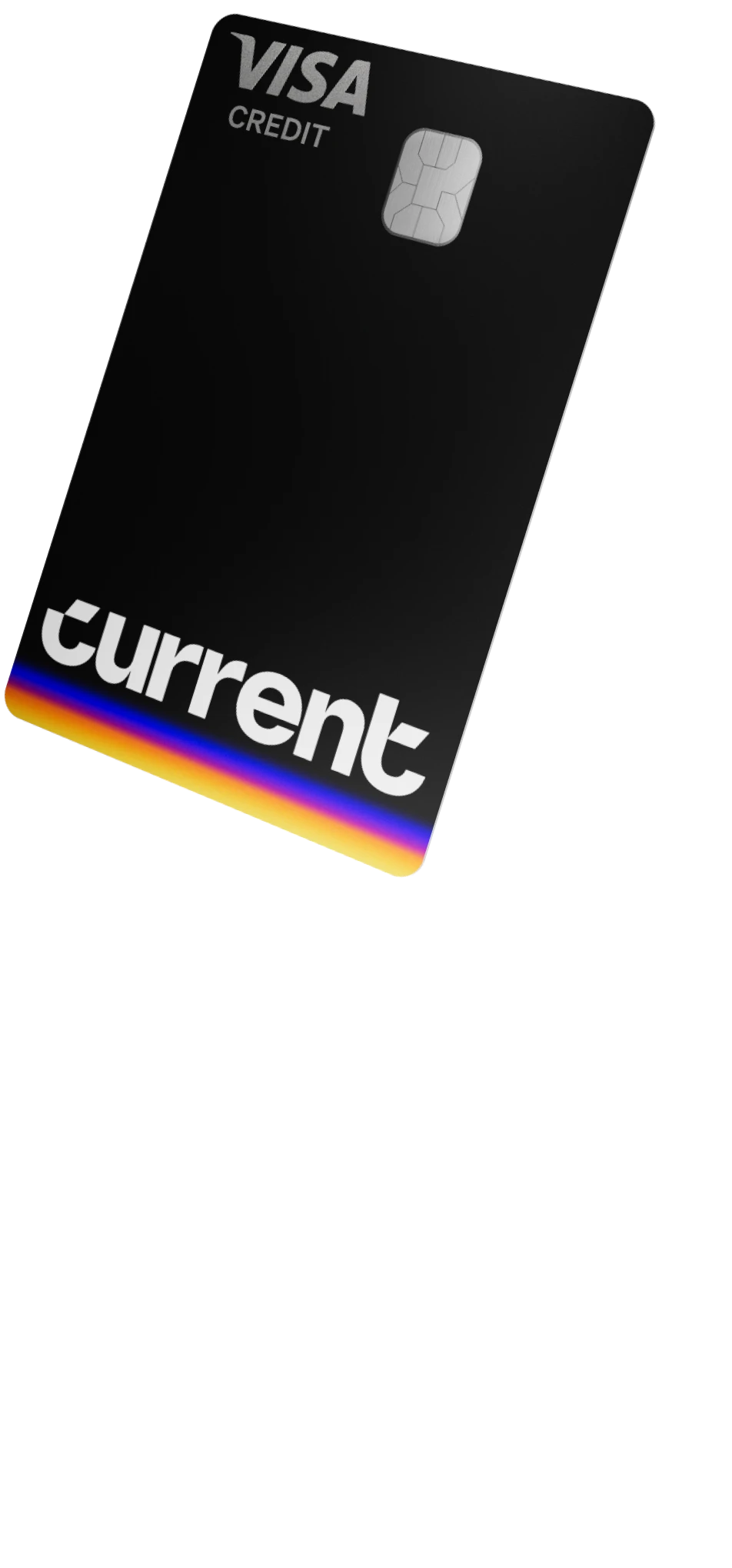What is the 30 day rule

You're scrolling through your social media feed late at night, and an ad catches your eye. The "buy now" button blinks and flashes, and your fingers itch to tap it. But you know you can't quite afford such a big hit to your bank account. What should you do?
Enter the 30-day rule. Follow it, and you'll resist the urge to make an impulse purchase for one month. If you still want the item at the end of that timeframe, buy with abandon from the money you've saved.
What Are Impulse Purchases?
You'll still spend money every month with the 30-day rule. But you'll approach one specific type of buy with caution. Eliminating questionable impulse purchases is your goal.
An impulse purchase is something you buy even though you didn't plan to do so. It could be something that catches you completely off guard that you never expected to buy (like hair extensions), or it could be a more expensive version of something you sometimes buy (like a brand-name vodka).
These are the top five most common impulse purchase categories:
- Food: If you've ever walked into a store intending to pick up celery but walked out with steaks too, you've made an impulse buy.
- Clothing: We all need to replace worn or ill-fitting clothes. But if you bought something just because it appealed to you, this is an impulse purchase.
- Household: Plants, furniture, rugs, and other pieces for the home could be impulse buys if you didn't plan for them.
- Takeout: We all need food. But if you reached for your phone to order a meal when you have perfectly good food waiting for you to cook it, this is an impulse purchase.
- Shoes: Whether they're nice shoes for nights out or sneakers for the gym, if you didn't plan for the expense, this is an impulse purchase.
Experts see a surge in impulse purchases during the holiday season. In fact, one in three purchases made during this time is unplanned.
But anyone at any time can pick up and buy something they didn't specify in their budget. Anything that falls in this category is an impulse purchase.
Is Impulsivity Always Bad?
For some consumers, tracking purchases down to the dime is always the right tactic. To them, picking up something when the buy wasn't explicitly planned is never a good idea. But there are times when an unplanned purchase can be ideal.
For example, during the early months of the coronavirus pandemic, plenty of consumers made impulse purchases of hand sanitizer, soap, and toilet paper. More than 70% of them said that making these buys made them feel good. For consumers under stress, spending this money may have been the only bright spot in an otherwise bleak day.
Similarly, about 65% of consumers say they will make an impulse purchase if a good deal is involved. The money they save by buying now seems to make up for the budget juggling they may need to do to adjust for the expense.
But often, we make impulse purchases for all the wrong reasons, including:
- Envy. We want to look as good or seem as successful as our peers, and buying things feels like it helps us achieve that goal.
- Marketing. We're told that we must part with our money to be powerful or beautiful or ageless. The claims are rarely accurate.
- Boredom. Buying something and waiting for it to arrive at our homes gives us a welcome distraction from dull things like work.
Putting a little time and space between spotting an item and making it ours can mean avoiding purchases that just don't make sense for our homes and finances.
How to Use the 30-Day Rule
Understanding the basic concept is easy. If an item is unplanned, you wait 30 days before buying. But the rule does come with a few nuances.
To follow the 30-day rule the right way, do this:
- Document. Keep track of the item you want, what it costs, and where it's located. Take a picture with your phone, bookmark the website, or otherwise mark the item clearly.
- Schedule. Set a decision deadline 30 days out. Mark it on your calendar or set an alert on your phone.
- Plan. Determine how much you'll need to buy the item, and start saving for it. Our Savings Pods are excellent tools for this step. Set a goal, and slide money into the pod accordingly. Better yet, round up purchases and let your loose change fill up the pod too.
- Decide. The deadline arrives. Pull money out of savings to buy it, or let the money stay in place as you work toward another financial goal.
The 30-day rule is an easy method anyone can use to build up a savings habit. You're working toward a very small goal at first. If you don't make the purchase, you have the beginning of a savings stash you can use to help you ride out a rainy day or prepare for an even bigger financial goal (like buying a car).
It's perfectly fine to buy the item you crave when 30 days have passed. This is all you've committed to when you set the original goal. But hang on just a bit longer, and you could make an even more meaningful step toward your future financial security.
What Else Can You Do to Save?
Resisting impulse purchases is a smart way to manage money and prepare for a healthy financial future. But it's not the only step savvy consumers can make.
Get a banking app that puts your financial health first. At Current, we offer all sorts of tools to help you understand healthy money management. And we help you earn points and get cash back, so you'll have even more money to set aside when the time comes.
We'd love to have you join us as a member today. Download our app and create an account in just two minutes.
Current is a financial technology company, not a bank. Banking services provided by Choice Financial Group, Member FDIC.
References
Consumers Cough Up $5,400 a Year on Impulse Purchases. (February 2018). CNBC.
Holiday Impulse Purchase Statistics. Think with Google.
Consumer Impulse Buys Jump in April. (May 2020). WWD.
Slickdeals Shares New Survey Data Showing Americans Spend $324,000 on Impulse Buys in Their Lifetime. (February 2018). PR Newswire.
Frugal Fatigue, Impulse Spending Is at a Record High. (November 2020). Fox47.




